Ealing Wildlife Group are a community of wildlife enthusiasts protecting, encouraging and celebrating nature through education, collaboration and conservation, within the London Borough of Ealing.
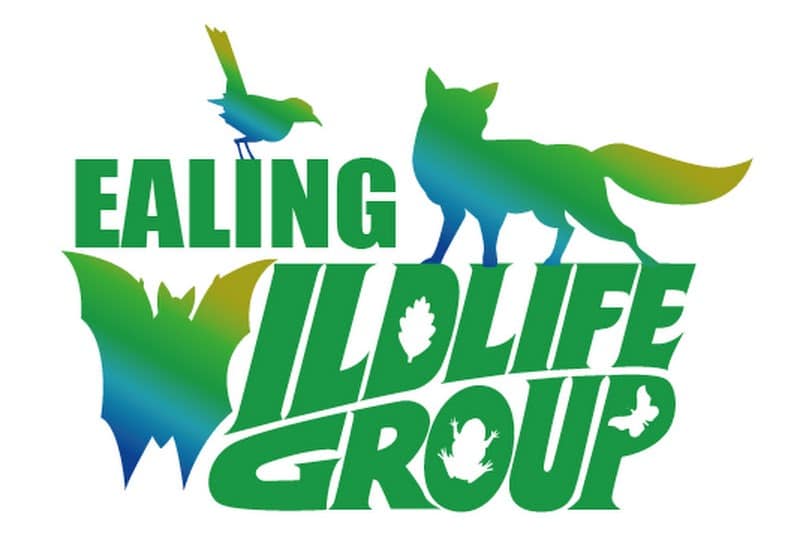
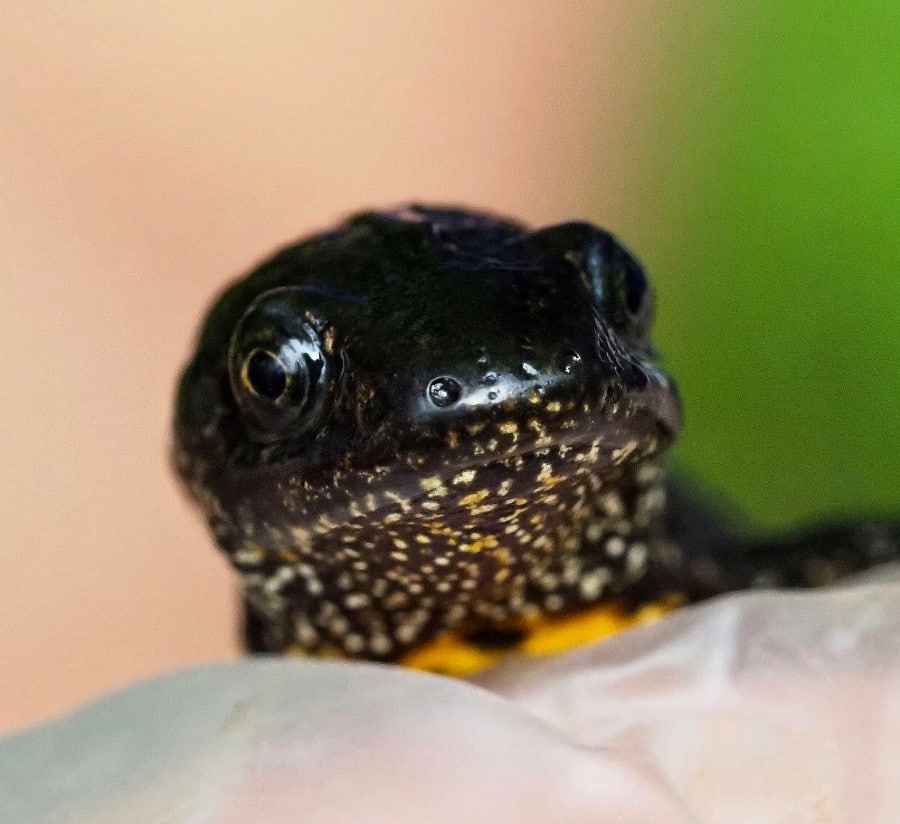
Ealing Wildlife Group was set up in 2016, initially to run summer bat walks for interested locals. We have since grown to manage several community environmental projects, including running a small nature reserve on the site of a disused allotment, creating hedgehog highways to link back gardens, installing swift nest boxes and calling systems, and running a wildlife photography competition and exhibition.
Our most recent project has been a collaboration with Citizen Zoo, Friends of Horsenden Hill and Ealing Council (with support from the Beaver Trust) to reintroduce a family of beavers onto a site in Greenford. The introduction is now into its second year and the beavers have produced kits in 2024, the first beavers born in Ealing for several hundred years!

As beavers are renowned for their positive impacts on biodiversity, we are looking to monitor how the site changes over the next few years, with a particular focus on bats, birds and amphibians. In this article, I’ll be talking about our newt surveys.
In Ealing we are lucky to have a few sites where Great Crested Newts live and breed, so we worked with an ecologist who holds the relevant licences to ensure we comply with all of the necessary legal requirements while surveying. He helped us to establish a survey methodology to ensure we could make some reasonable assumptions about which species were present and how large a population we have.
The newt survey season runs from April to June, during which we conducted torch surveys and bottle trapping across several sites. Bottle traps are set using 2 litre plastic bottles (donated to us by helpful members of the group!) with the tops cut off and reinserted backwards into the remainder of the bottle. Two holes are made in the bottle, with a bamboo cane inserted so that the bottle is held at an angle. The canes can then be set in the mud around the edges of the pond, with the open part of the bottle towards (or touching) the bottom of the pond and the top retaining a bubble of air so that any animals entering the trap can breathe. It’s very important to set these on dry nights so that there is no risk of rising water completely submerging the bottles.
We set 10 traps at each site at dusk and then proceeded to survey the pond using torches. This is fairly straightforward and just takes a bit of practice to get your eye in. The torch is shone into shallow areas of the pond and the number, species and sex (if possible) of the newts is recorded. The biggest challenge is usually ensuring you don’t double count newts! Once the torching is complete, it’s time to head home and get some sleep before an early start the next day to check the traps.
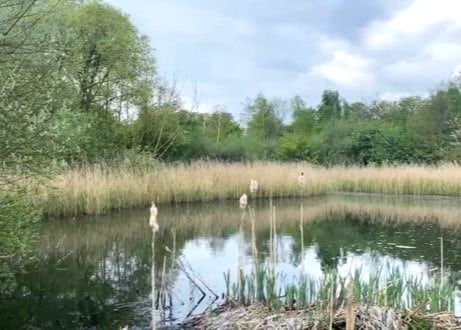
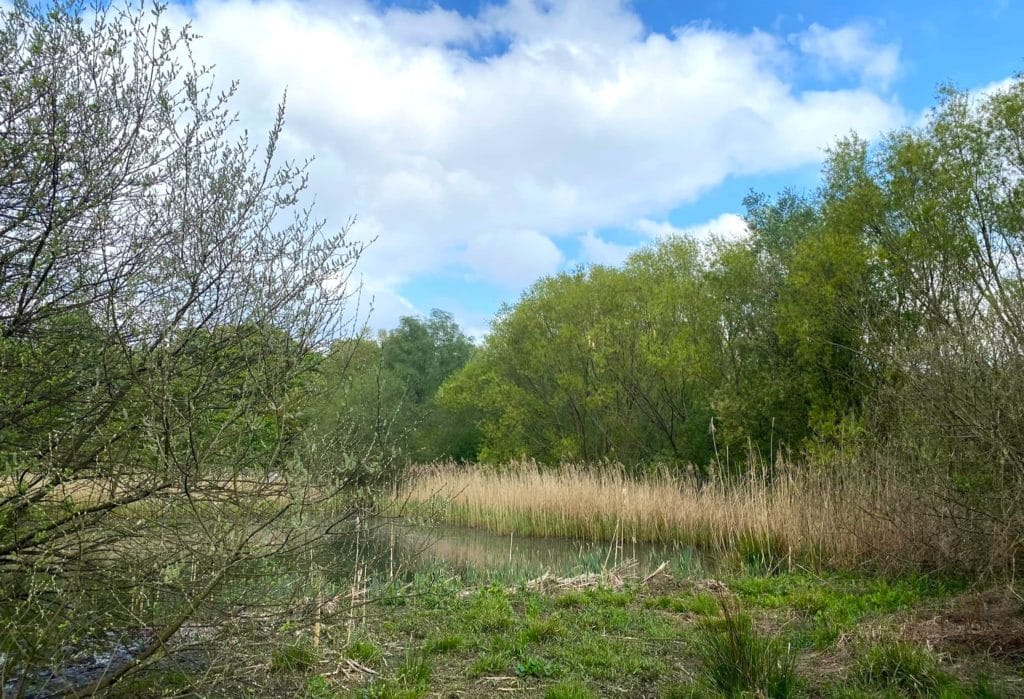
Paradise fields’ ponds surveyed for newts © Sean McCormack
Each trap is easy to locate with its bamboo pole as a marker – we wear rubber gloves to retrieve these, both to protect the newts and also for personal hygiene (there are plenty of rats on site and, of course, all the usual pollution associated with water courses in the UK). When pulling out the traps, it’s key to tilt them gently backwards to ensure the contents don’t spill out in the water (of worse, onto the land!) and these can then be examined.
Inevitably, we got a fair amount of bycatch in these traps, including beetles, snails and flatworms. The biggest excitement (apart from the newts) were when Great Diving Beetles turned up on a couple of occasions. Although not the target species, these were great to see and we recorded as much as we could on iNaturalist (if these records are good enough to reach research grade they will be received by GiGL – read more about this process here). There is a huge amount of satisfaction when you find a newt caught in the trap. Interestingly, the two survey methods can produce quite different results in numbers and species – I really think this shows the value of using multiple recording methods when collecting this sort of data.
We started the surveys of this site prior to the beaver release and established that both Smooth Newts and Common Frogs were present on the site, but there was no sign of them breeding in the main pond. There were some indications they were using an ephemeral pond on the site, but this was consistently drying out by April or May each year, so we believe there was very little chance for tadpoles to metamorphosise.
We are still in the early days of data collection, as the beavers had only been present on site for a few months before this year’s breeding season. However, we already have evidence that Smooth Newts are now breeding in two of the permanent water bodies on site (through detection of adults and tadpoles), which is great news. There is no sign of the frogs breeding yet, but we are hopeful for next spring as the beavers continue to enlarge the water bodies and improve the water quality (our testing has shown a reduction in nitrates and an improvement in water clarity as water is filtered through the various dams on the site).
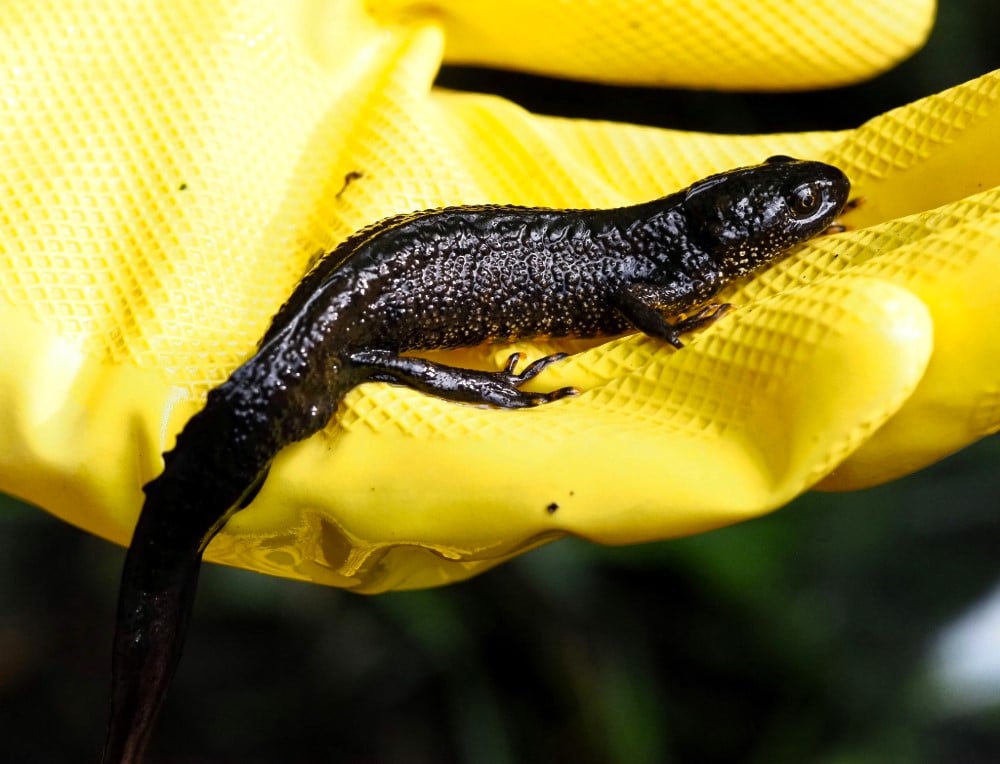
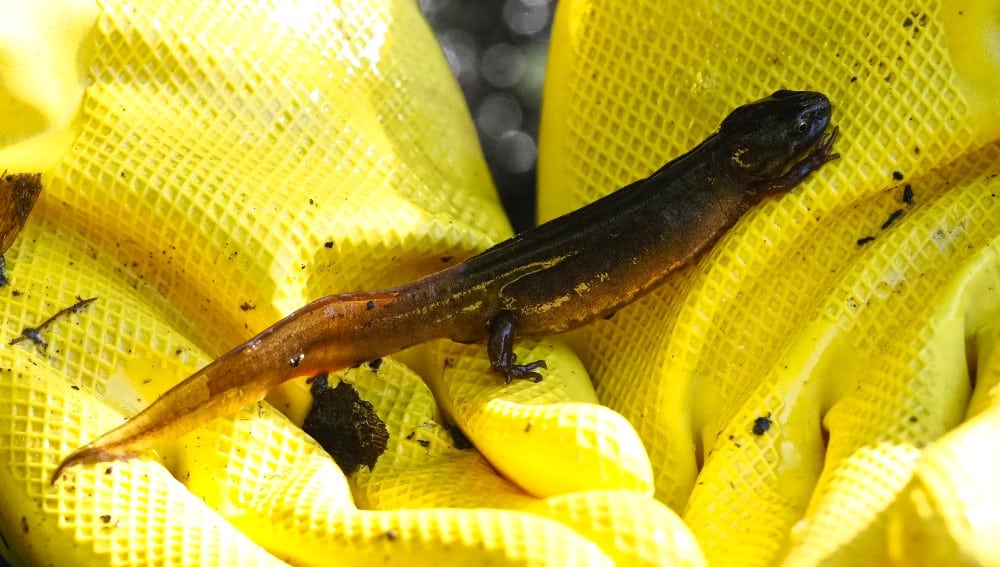
The project still has several years left to run, so it will be fascinating to see how the population dynamics change and whether any of the other species present in the borough make it to the site. Since starting this project, the surveying has been widened to other areas within the borough so we can start to build up a picture of how amphibians are faring locally. And of course, we’re continuing to share our data with GiGL as we collect it so it can form part of the national records and, hopefully, provide some protection for our most precious sites.
If you want more information on Ealing Wildlife Group please follow this link https://ealingwildlifegroup.com and for more information on the Ealing Beaver Project check out https://theealingbeaverproject.com.

Sometimes difficult to tell from pics, but Is the first newt pictured a GCN?
Yes it is, thanks for spotting and great identification skills. The labels have been adjusted accordingly.
It will be interesting to see how the Beavers , once s
established effects all the other species that use there water bodies. if there is a major difference in numbers from your first surveys, prior to the beavers being reintroduced. In fact it would be really nice if all other species bats insects birds etc were all helped by the beaver reintroduction.